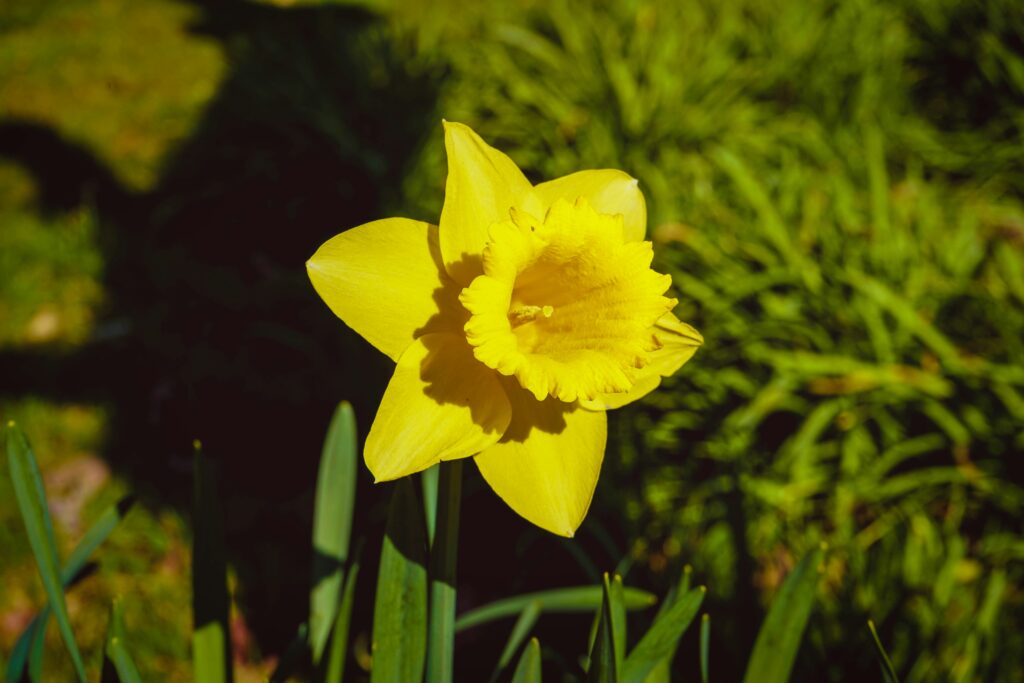Ford Medark suggests that P.G. Wodehouse littered his most famous character with Welsh connotations
News that Sebastian Faulks, author of Birdsong, has been commissioned to produce a ‘new’ P.G. Wodehouse novel provides an opportunity to right an historic wrong. It is almost a century since the first Jeeves and Wooster story appeared in 1915. For nearly 100 years, therefore, the battle has raged to convince the world of the Welsh origins of one of 20th Century literature’s foremost figures. Today, that struggle can finally be brought to a successful conclusion.
In the best traditions of scholarship, the evidence can be assembled by applying the lessons from one discipline to another. It is not necessary to adopt the whole of the French semiotic movement to understand that close readings of important texts can produce new revelations which can change our understanding of the social world. It was the distinguished English Shakespearian scholar, L.C. Knights (or ‘Elsie’, as he was universally known to close friends) who revealed the hitherto un-remarked on-stage presence of the family pet amongst that otherwise somewhat dysfunctional family at Elsinore. When Hamlet rouses himself to point out that, ‘See Amazement on thy mother sits’ (Act 3, Scene iv), we see the first known example of a dog appearing in mainstream drama. Nor can there be any doubt but that this demonstrates a further Welsh influence on history, as the Tudor fondness for canines made its way onto the stage.
It is exactly this close attention to textual detail that can assist us in rescuing for Welsh literature one of the major fictional figures of the 20th Century. P.G. Wodehouse may seem, to others, to provide a peculiarly Anglocentric view of the world. In reality, this insistence is only part of that wider pattern of cultural dominance in which Welsh claims, in particular, are always marginalised and suppressed.
In fact, those familiar with the wider Wodehouse ouvre will be well aware that his most outstanding fiction almost always takes place in neo-Celtic locations. Blandings Castle, for example, broods benignly over Shropshire, under the careful watch of its local police team of Sargent Morgan and Constable Evans. Indeed, characters of undeniably Welsh origins feature prominently in Wodehouse’s greatest books. The London Magistrate, Syr Watkin Bassett (of Totleigh Towers, Shropshire [sic]), is but one of those who populate the pages of his most successful novels.
But it is in the character of Jeeves, the ever-resourceful companion of Bertie Wooster (and let no one attempt to persuade you that the choice of yet another near-Welsh border county for a leading Wodehouse character is accidental), that we see most clearly Wodehouse’s affinity with Wales, and north Wales in particular.
Can there be any reasonable doubt but that the character of Jeeves draws on two Welsh antecedents, in Merlin and Lloyd George? Indeed, reference to Jeeves as a ‘wizard’ is amongst the most often recurring epithets in the whole of the Wodehouse literature. Invented during the premiership of the only Welshman to occupy 10 Downing Street, it is equally unsurprising to find Bertie’s Aunt Dalia (his ‘good and deserving’ aunt, and herself a resident of yet another border county, Gloucestershire) making reference to a popular song of the time Can Lloyd George Do It?, to express her wonderment at a Jeevsian solution to yet another social imbroglio.
As an aside, the song refers to the ability of flies to walk upside down on the ceiling, itself a Wodehousian conceit. In his Why I Am Not A Christian (1957) Bertrand Russell, another prominent Welshman, draws attention to this Music Hall song as the origin of the famous pamphlet, published in 1929 by Maynard Keynes and Arthur Henderson, Could Lloyd George Do It?
As devolution gathers force, and a proper sense of Welsh identity strengthens, now is undoubtedly the time to recapture this lost element in our national literature. Alert readers will find Wodehouse’s pages littered with clues to the Welsh origins of his most famous creation. A master of illusion, he rarely allows these references to break directly through the surface. His 1934 novel Right Ho Jeeves provides a rare exception. In chapter thirteen, Wooster makes the following observation:
“I don’t know if he is actually a Gog, but he looks a Gog, and that’s the great thing”.
So was Jeeves a North Walian? Could Sebastian Foulks need more? I rest my case.





Interesting piece, though there is no such thing as “a North Walian”? Do you mean “a Welshman”?
Ha, ha. The nearest Jeeves came to being Welsh was being played by an actor called Dennis Price in the 1960s television series The World of Wooster with Ian Carmichael playing Wooster. Price was born in Berkshire but his father was Brigadier Caradoc-Price. Incidentally if you have a recording of that series, aired between 1965 and 1967 it is priceless because the BBC have lost or wiped the tapes. My older relatives say it was far superior to the more recent Fry and Laurie series – but perhaps that is just nostalgia.
Is nothing sacred?
Not content with foisting the BILINGUAL NATION PROJECT on the rest of us, the running dogs of neo-Rhodriism are now seeing to the Cambricisation (there is no other word for it) of that most beloved of British achievements, English humour.
Wooster makes the following observation:
“I don’t know if he is actually a Gog, but he looks a Gog, and that’s the great thing”
So – was Wooster the original GogWatcher? What goes around comes around…
Beth am Berti ‘ap Tedur’ Wster?